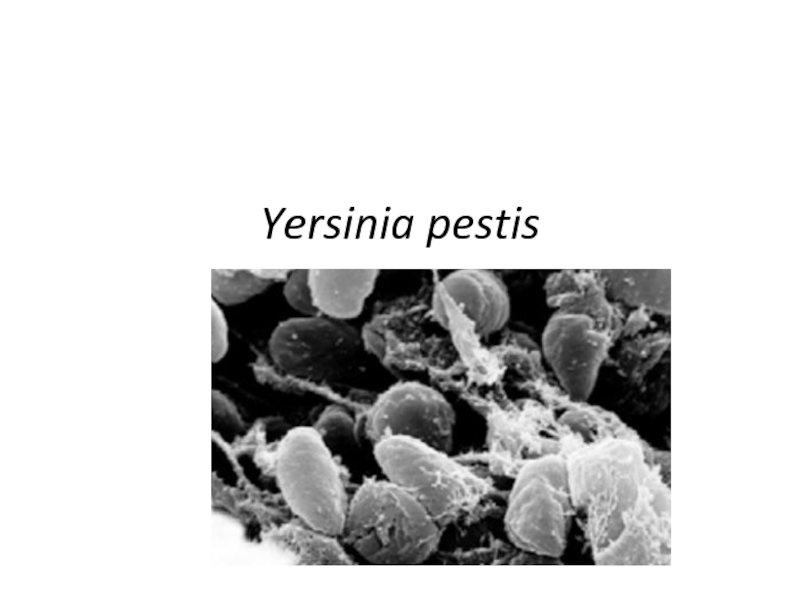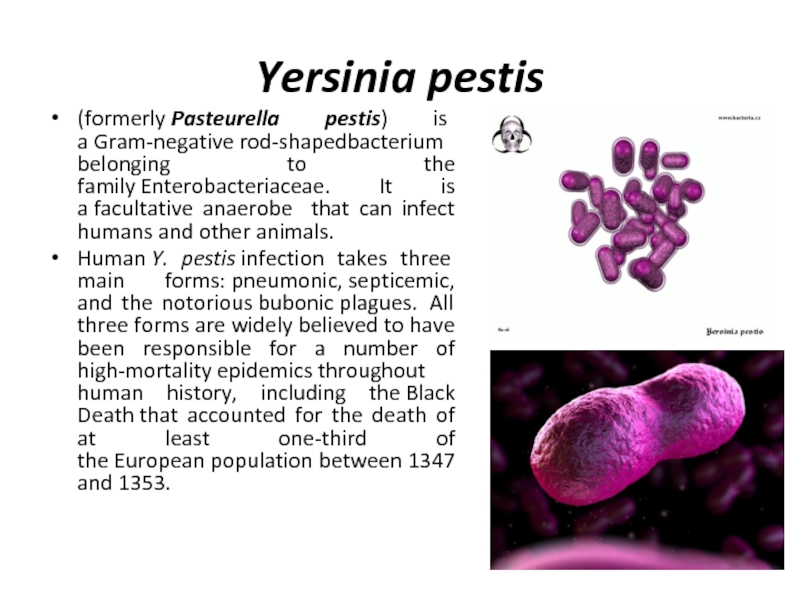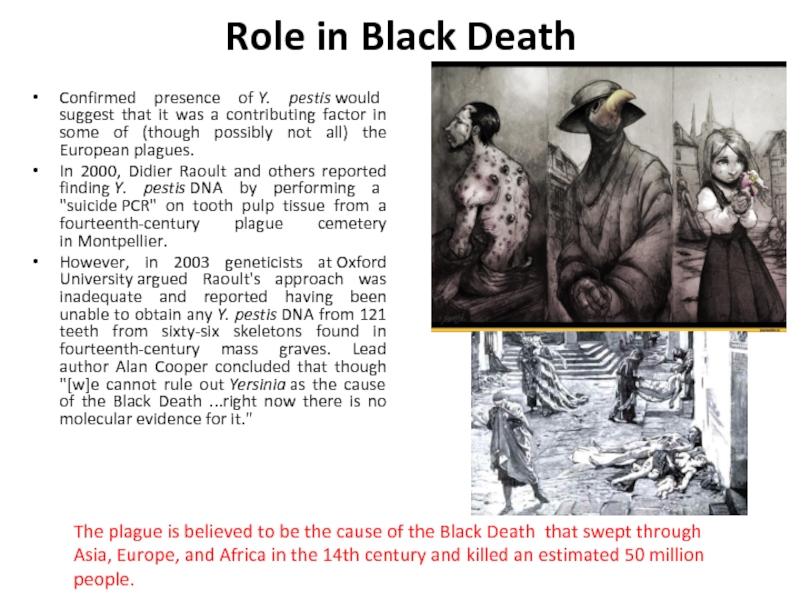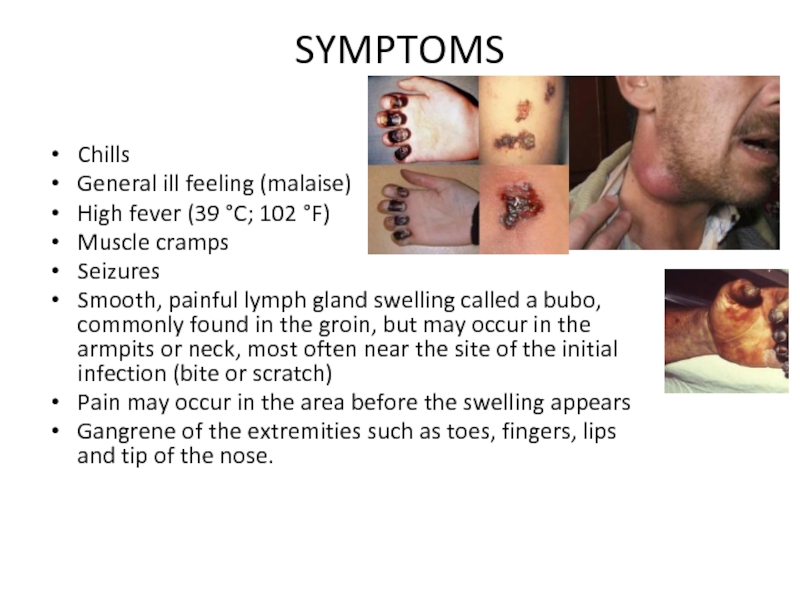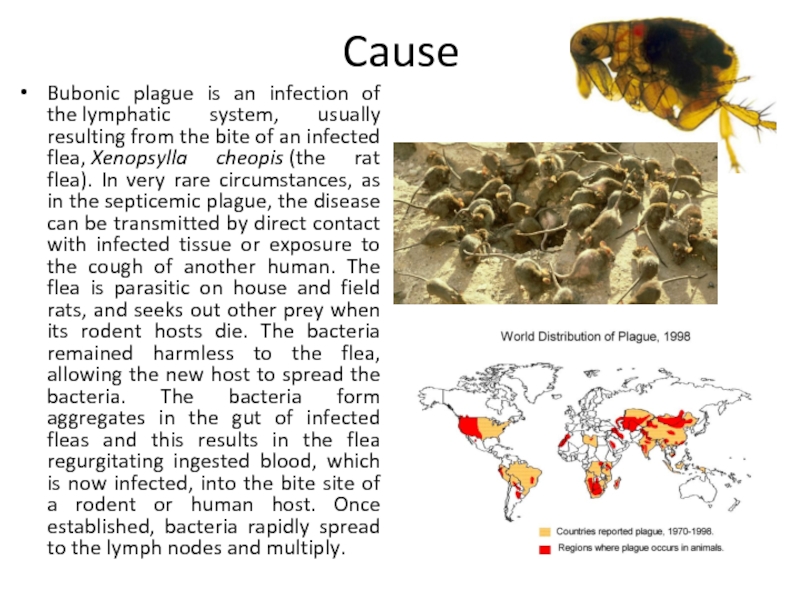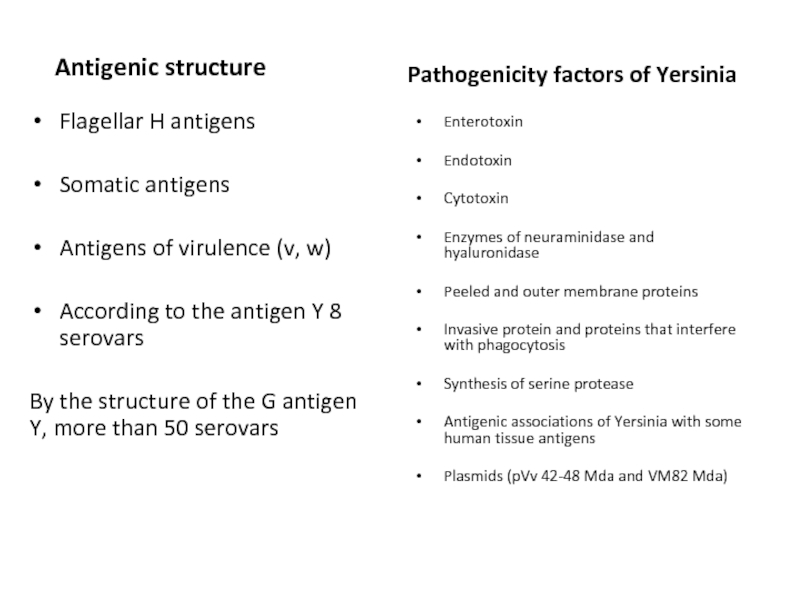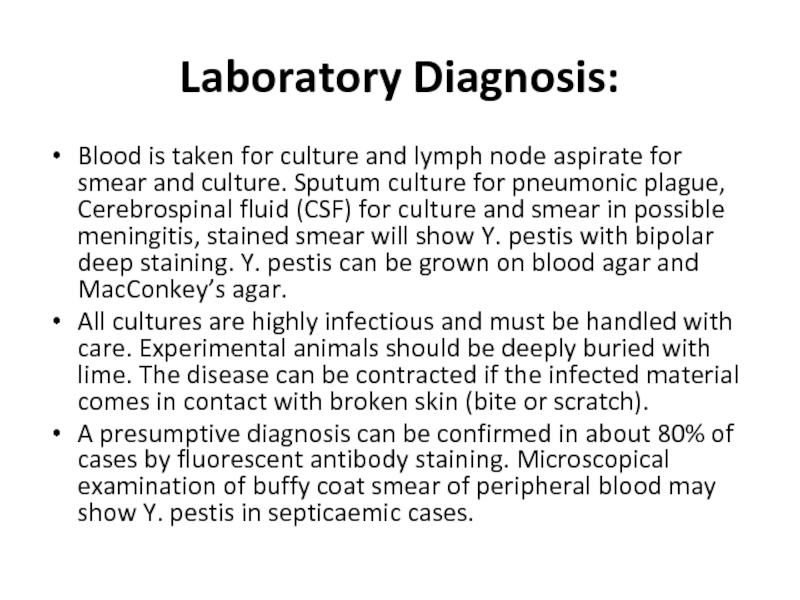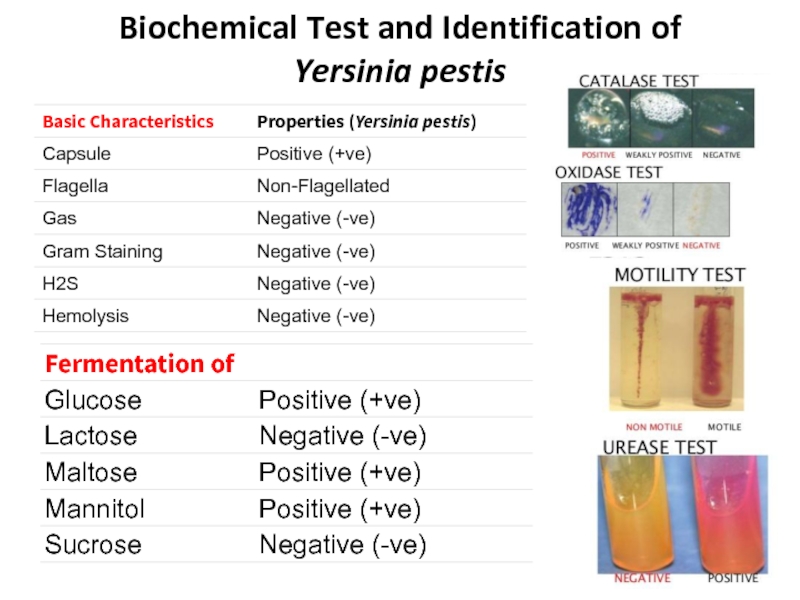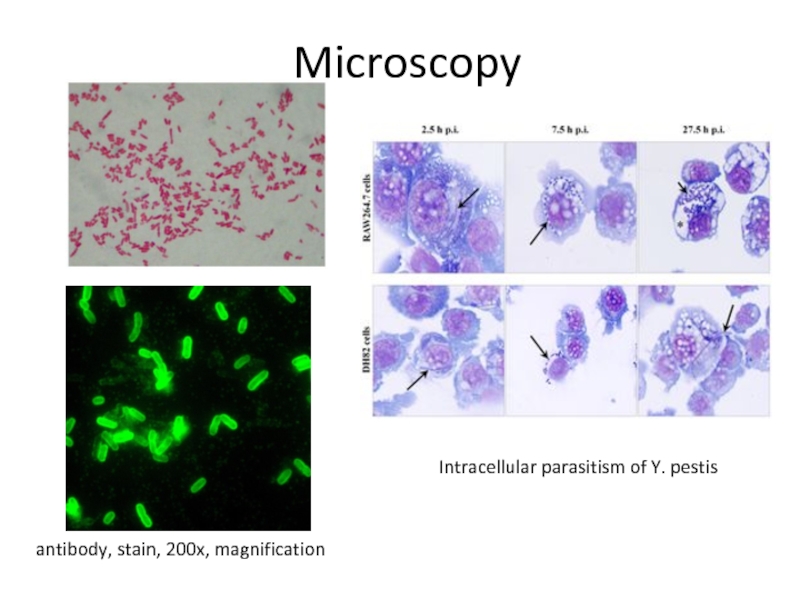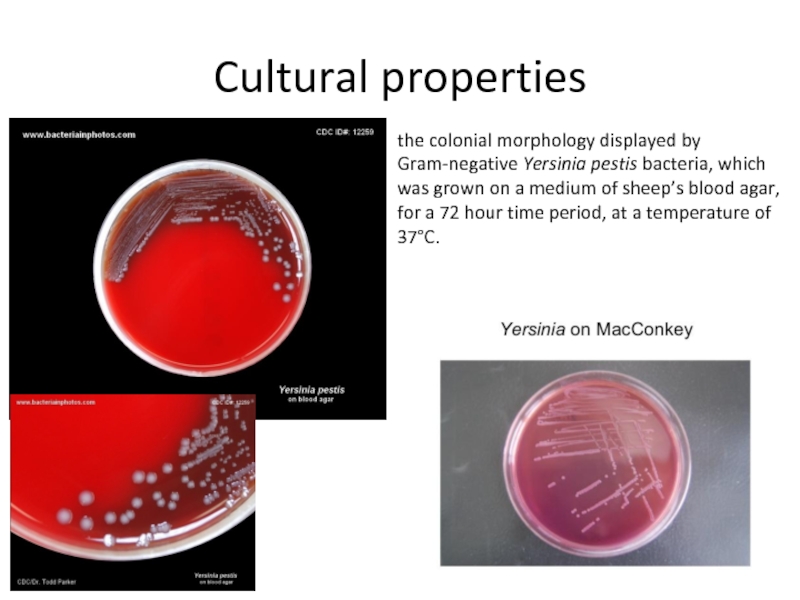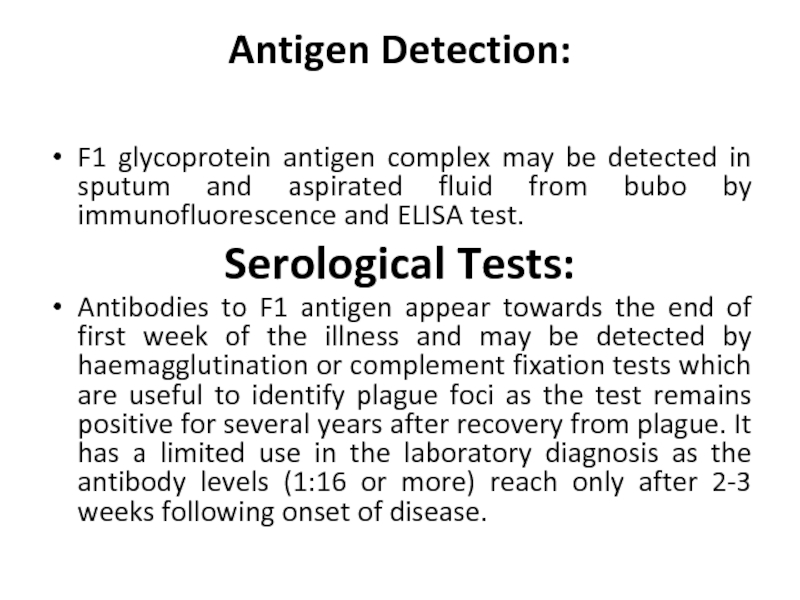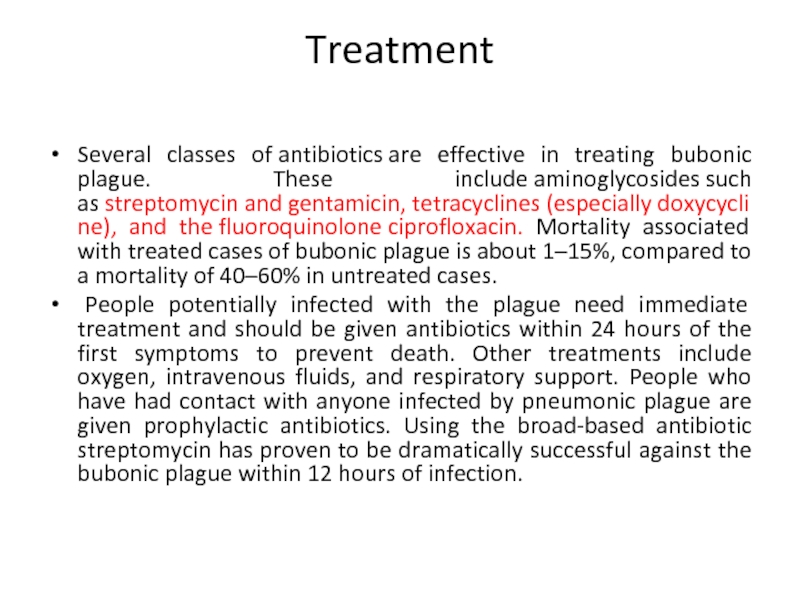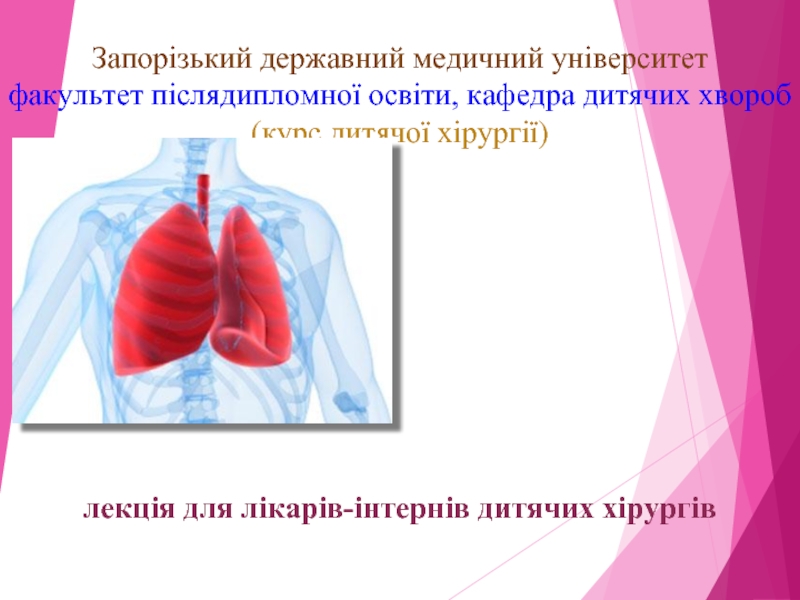- Главная
- Разное
- Дизайн
- Бизнес и предпринимательство
- Аналитика
- Образование
- Развлечения
- Красота и здоровье
- Финансы
- Государство
- Путешествия
- Спорт
- Недвижимость
- Армия
- Графика
- Культурология
- Еда и кулинария
- Лингвистика
- Английский язык
- Астрономия
- Алгебра
- Биология
- География
- Детские презентации
- Информатика
- История
- Литература
- Маркетинг
- Математика
- Медицина
- Менеджмент
- Музыка
- МХК
- Немецкий язык
- ОБЖ
- Обществознание
- Окружающий мир
- Педагогика
- Русский язык
- Технология
- Физика
- Философия
- Химия
- Шаблоны, картинки для презентаций
- Экология
- Экономика
- Юриспруденция
Yersinia pestis презентация
Содержание
- 1. Yersinia pestis
- 2. Yersinia pestis (formerly Pasteurella pestis) is a Gram-negative rod-shapedbacterium belonging to
- 3. Role in Black Death Confirmed presence
- 4. SYMPTOMS Chills General ill feeling (malaise)
- 5. Cause Bubonic plague is an infection of
- 6. Antigenic structure Flagellar H antigens Somatic
- 7. Laboratory Diagnosis: Blood is taken for culture
- 8. Biochemical Test and Identification of Yersinia pestis
- 9. Microscopy antibody, stain, 200x, magnification Intracellular parasitism of Y. pestis
- 10. Cultural properties the colonial morphology displayed by
- 11. Antigen Detection: F1 glycoprotein antigen complex
- 12. Treatment Several classes of antibiotics are effective in
Слайд 2Yersinia pestis
(formerly Pasteurella pestis) is a Gram-negative rod-shapedbacterium belonging to the family Enterobacteriaceae. It is a facultative
Human Y. pestis infection takes three main forms: pneumonic, septicemic, and the notorious bubonic plagues. All three forms are widely believed to have been responsible for a number of high-mortality epidemics throughout human history, including the Black Death that accounted for the death of at least one-third of the European population between 1347 and 1353.
Слайд 3Role in Black Death
Confirmed presence of Y. pestis would suggest that it was
In 2000, Didier Raoult and others reported finding Y. pestis DNA by performing a "suicide PCR" on tooth pulp tissue from a fourteenth-century plague cemetery in Montpellier.
However, in 2003 geneticists at Oxford University argued Raoult's approach was inadequate and reported having been unable to obtain any Y. pestis DNA from 121 teeth from sixty-six skeletons found in fourteenth-century mass graves. Lead author Alan Cooper concluded that though "[w]e cannot rule out Yersinia as the cause of the Black Death ...right now there is no molecular evidence for it."
The plague is believed to be the cause of the Black Death that swept through Asia, Europe, and Africa in the 14th century and killed an estimated 50 million people.
Слайд 4SYMPTOMS
Chills
General ill feeling (malaise)
High fever (39 °C; 102 °F)
Muscle cramps
Seizures
Smooth, painful lymph gland
Pain may occur in the area before the swelling appears
Gangrene of the extremities such as toes, fingers, lips and tip of the nose.
Слайд 5Cause
Bubonic plague is an infection of the lymphatic system, usually resulting from
Слайд 6Antigenic structure
Flagellar H antigens
Somatic antigens
Antigens of virulence (v, w)
According to the
By the structure of the G antigen Y, more than 50 serovars
Pathogenicity factors of Yersinia
Enterotoxin
Endotoxin
Cytotoxin
Enzymes of neuraminidase and hyaluronidase
Peeled and outer membrane proteins
Invasive protein and proteins that interfere with phagocytosis
Synthesis of serine protease
Antigenic associations of Yersinia with some human tissue antigens
Plasmids (pVv 42-48 Mda and VM82 Mda)
Слайд 7Laboratory Diagnosis:
Blood is taken for culture and lymph node aspirate for
All cultures are highly infectious and must be handled with care. Experimental animals should be deeply buried with lime. The disease can be contracted if the infected material comes in contact with broken skin (bite or scratch).
A presumptive diagnosis can be confirmed in about 80% of cases by fluorescent antibody staining. Microscopical examination of buffy coat smear of peripheral blood may show Y. pestis in septicaemic cases.
Слайд 10Cultural properties
the colonial morphology displayed by Gram-negative Yersinia pestis bacteria, which was grown
Слайд 11Antigen Detection:
F1 glycoprotein antigen complex may be detected in sputum and
Serological Tests:
Antibodies to F1 antigen appear towards the end of first week of the illness and may be detected by haemagglutination or complement fixation tests which are useful to identify plague foci as the test remains positive for several years after recovery from plague. It has a limited use in the laboratory diagnosis as the antibody levels (1:16 or more) reach only after 2-3 weeks following onset of disease.
Слайд 12Treatment
Several classes of antibiotics are effective in treating bubonic plague. These include aminoglycosides such as streptomycin and gentamicin, tetracyclines (especially doxycycline),
People potentially infected with the plague need immediate treatment and should be given antibiotics within 24 hours of the first symptoms to prevent death. Other treatments include oxygen, intravenous fluids, and respiratory support. People who have had contact with anyone infected by pneumonic plague are given prophylactic antibiotics. Using the broad-based antibiotic streptomycin has proven to be dramatically successful against the bubonic plague within 12 hours of infection.
